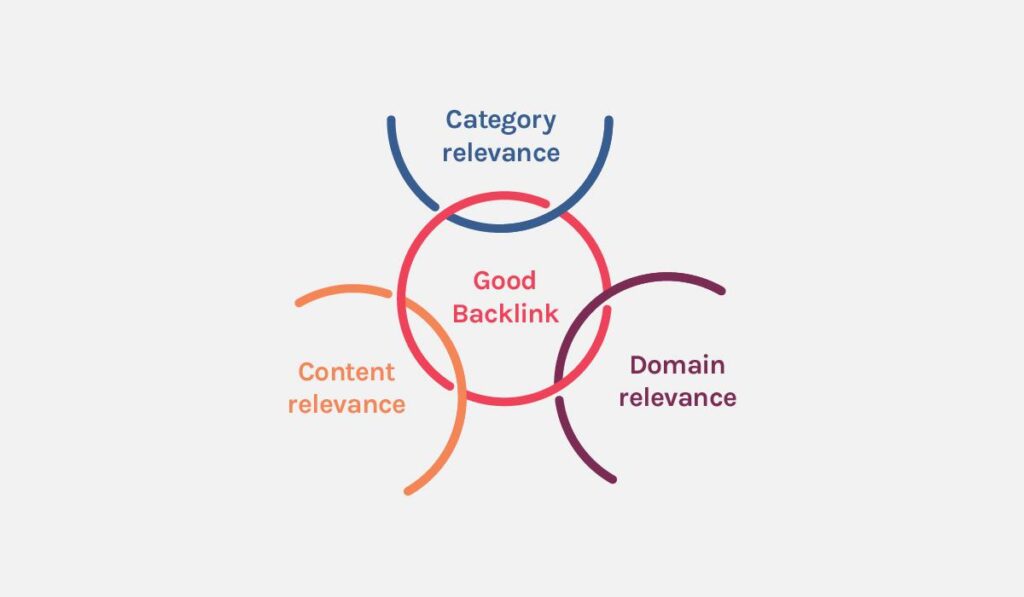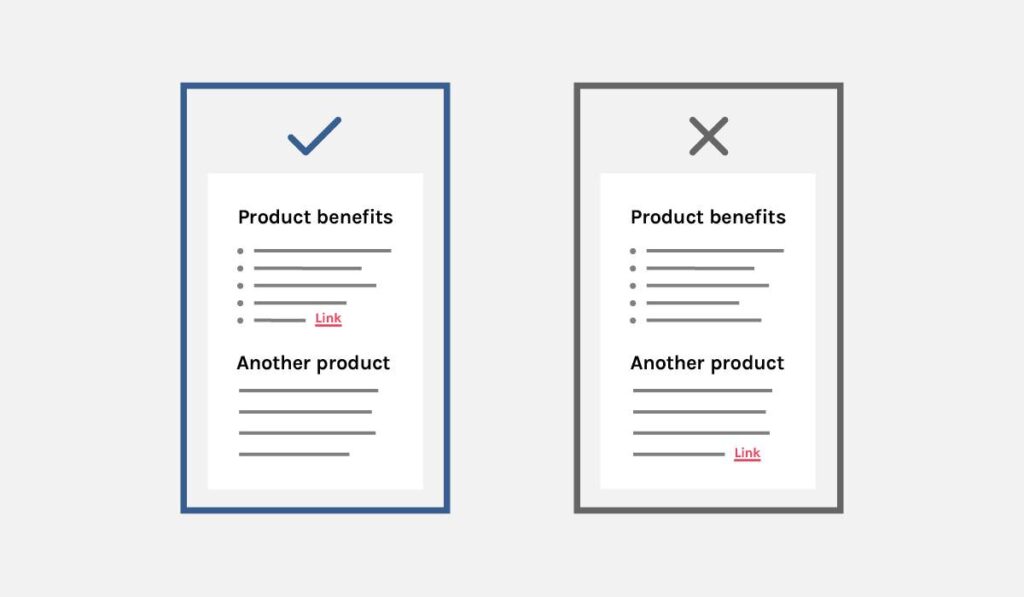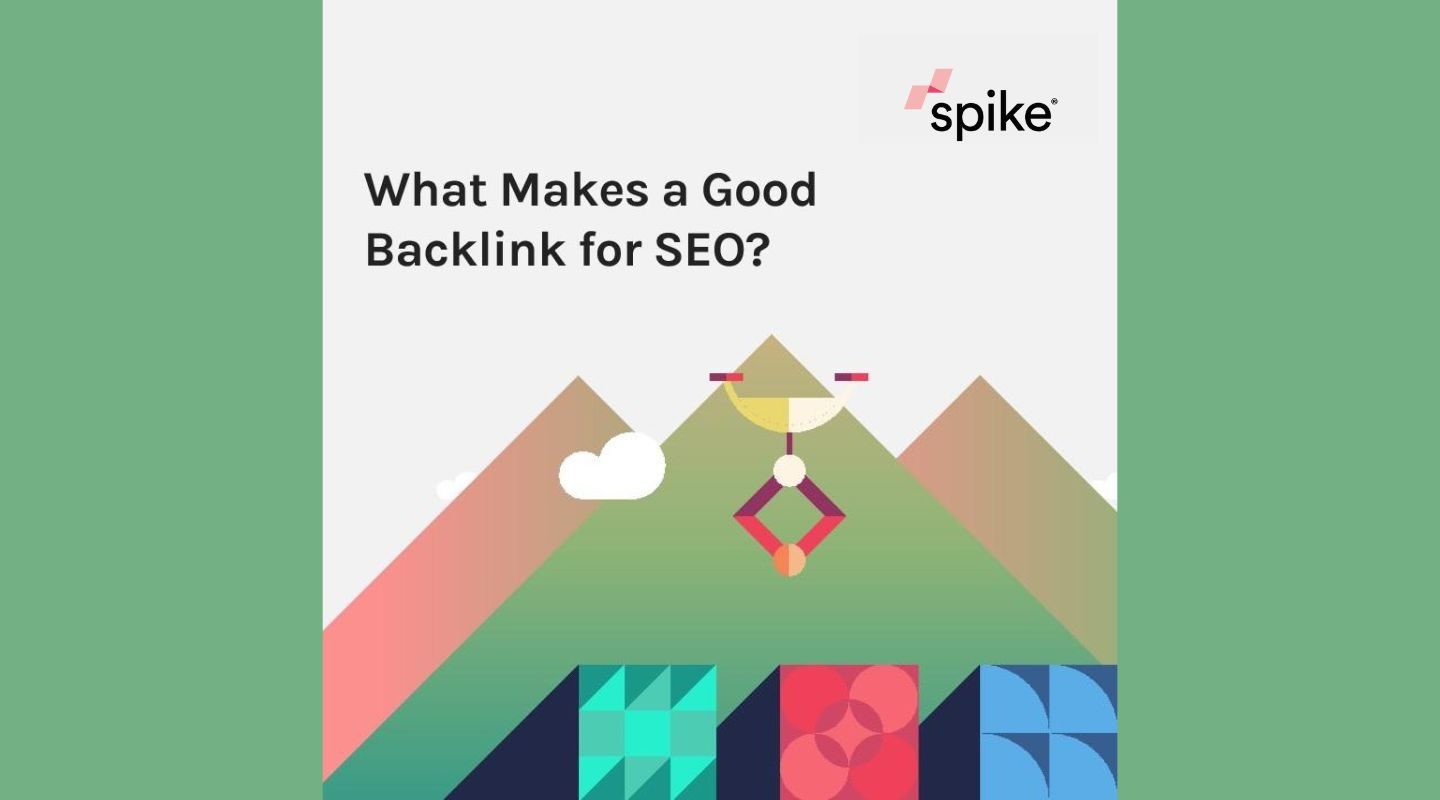When working on an off-page SEO strategy, you always want to find the best links for your client’s brand – there are numerous factors involved in Google rankings and backlink quality; moreover, these factors change regularly. As a general rule, ensuring the link you acquire is earnt naturally, rather than using black hat tactics, will ensure your chosen strategy won’t result in a manual action penalty. This makes naturally earnt links invaluable but then what makes the perfect earnt link? Here, we delve into the top factors:
1. Relevancy
The number one factor when choosing the perfect site to target in hopes of link acquisition is relevancy, this can be spread out into three aspects:
Domain relevance
Domain relevance can be loosely related to the type of site, for instance, national publication websites naturally tend to branch across a wide variety of content categories and topics, therefore domain relevance might be harder to pin-down. However, you’ll find that many informational sites and mid-tier blogs tend to sit around more specific niches such as, food, travel, tech and so on…
Category relevance
This is important for relevancy as your client’s backlink may best suited in the areas of a site that relate to their brand and offering. The closer the correlation with the client’s offering the more naturally their link will fit on the site and have that overall tie-in with the client’s product or service.
Content relevance as added value
It goes without saying that, content relevancy should be of utmost importance for your backlink to fit naturally, but further than that, you should ask yourself: Is our link and, – by consequence – the client’s service, providing any value to the reader? Well, if the answer is not an unequivocal ‘Yes’, then you should probably reconsider. The benefit of a backlink should go both ways, and as Google is ramping up its crackdown policies on ‘’spammy’’ content and links, relevancy first, and added value as a close second become increasingly crucial in evaluating backlinking opportunities.

2. Domain-wide traffic
This is an important factor in determining if it’s even worth featuring a link on a particular website. A website with little to no traffic would indicate that you’re dealing with either a new domain that hasn’t yet grown its following, a dying domain, or a domain that has been penalised. One of the quickest ways to check a website’s traffic is to use free online tools, such as SimilarWeb.
3. Landing page
While this can vary based on the story available, having a choice of landing page for the link can greatly benefit the direction of the campaign as from the client site, getting the link on any of their category pages or product/service pages will provide the most benefit to achieving your SEO KPIs, whether they range from promoting certain key phrases or lifting the positions of a brand’s product/service.
4. Link context
The context of the backlink refers to ‘How’ the link is placed in the published piece. As previously established, the key to the perfect placement of a link is: relevancy, however, the link’s context can make a lot of difference. Let’s imagine, we have just landed a product link within a piece that is addressing the benefits of that same product; clearly, this would make for a perfect fit both in terms of content relevancy & value as well as within context. However, if we were to take the same piece, but instead, ‘drop’ our link in the only paragraph that is not addressing the product, our link, in this context, will appear completely off and confuse the reader. It’s also worth noting that, aside from an SEO perspective, context is extremely important when it comes to issues of brand image and brand integrity.

5. Anchor text
Just as in the case of ‘context’, having a choice over which anchor text to display, can prove very beneficial, in fact, strategically, the anchor text can allow you to target certain keywords, this is always highly recommended, as long as the anchor text remains relevant to both the linked landing page, the content and can fit naturally within the text (context). In order to avoid any potential irrelevancy, a good recommendation is to always have the landing page’s target keywords in mind when choosing the anchor text.
6. Backlink profiles
Whether you are choosing among ‘niche’ websites or scanning through the categories of large publication websites, you should ensure that the site is both ‘healthy’ and relevant, by checking its backlink profile. This can be done through platforms like Semrush or Ahrefs’. You’ll simply need to copy and paste either the website URL or a category page URL to get a view on what sites link to it. From there on, you can analyse the websites and how relevant they are to the category and client.

7. Domain ranking/Page ranking
When choosing a domain to get a link on, it’s best to get a rough view of how that site ranks and for what keywords. Choosing a domain that ranks well in similar spaces to your client’s will add value to the backlink. For a detailed overview of how a certain website ranks, both Semrush and Ahrefs get the job done! And when in doubt, using a combination of both tools can be advantageous.
Conclusion
While there are multiple factors to consider when trying to earn the perfect link, it’s always best to approach each rule and guideline with an open mind. Do not approach these guidelines and recommendations too strictly; Google’s algorithms tend to be quite loose depending on the site, the content and overall coverage of the topic. It is important, therefore, to work in synergy with your Digital PR, Content and SEO teams if you want to steer your campaign in the right direction and land highly relevant and valuable links.
Duncan Colman

